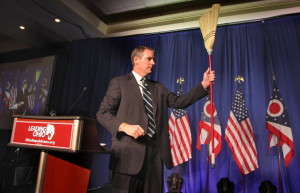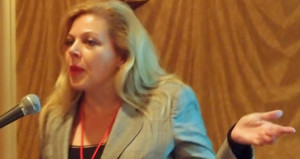How We Make a Difference
The Center for Prison Reform for Nonviolent Offenders (CPR) works at all levels to promote positive reform:
- We bring groups together. As the political wing of the community that advocates for non-violent offenders, we draw together the disparate voices from minority groups, recidivism, prisoner rights organizations, halfway houses, and marijuana clemency groups.
- We lobby Congress. Political reform doesn’t happen in a vacuum but in a whirlwind. We organize grassroots support, so that Congress sees the voter block pushing for prison reform, and we educate Congressional staff on the issues.
- We build resources. What’s the evidence for our claim that prison reform is needed and will be effective? The CPR compiles research papers, demographic surveys, and grassroots polls into a mountain of resources. We ask prominent academics and authors to explicitly support our cause, and help them as individuals to collaborate, including support for their funding process.
- We set things in motion. Passing a new law to reform prisons doesn’t end of the story. Laws must be interpreted and implemented. Courts and prisons will need well organized non-profit and faith-based groups they can rely on for support. Good ideas must be spread and implementation failures pointed out.
Our Projects
 Are you looking to donate, volunteer, or have your non-profit ally with us? You’ll find world class, national-level projects that are dramatically moving the ball forward on prison reform.
Are you looking to donate, volunteer, or have your non-profit ally with us? You’ll find world class, national-level projects that are dramatically moving the ball forward on prison reform.
- Policy Institute. The prestige of the Center for Prison Reform draws in the brightest and most lauded minds from public policy think tanks and academic circles. Our fellows generate research papers, demographic studies, and books, and they give expert testimony to Congressional committees.
- Policy Resources. We sponsor, collect, and disseminate academic research, surveys, and polls related to prison reform, from our fellows and beyond. Foremost among these is the CPR Model Prison Reform Policy Guide, which summarizes the key issues, evidence, and projected impacts of policy change, in easy to understand and easy to browse language.
- The Weekly National Call. Every Wednesday at 2pm EST, members and ally groups move to the front of the movement for prison reform, by joining a call with Executive Director Edwina Rogers. These organizational calls get everyone moving in the same direction and are packed with news alerts, insider information on Congress, not yet made public announcements, and action items that allow all stakeholders to make a difference.
- Congressional House and Senate Briefings. The CPR brings the most noted academic researchers and authors to speak in the US Capitol building to audiences of congressional staffers. This educates members of Congress and allows us to network with political influencers all at once.
- Private Meetings at Congressional Offices. Our coalition members are welcome to join us as we meet privately with members of Congress and their staff, to bring facts to their attention and argue our point of view at national and state levels.
- Back Specific Legislation. The Portman-Whitehouse Prison Reform Bill passed out of the Senate Judiciary Committee on a bipartisan vote of 15-2 in March 2014. This bodes well for its passing if we work together. See the benefits of the bill.
- Organize Local and National Groups. The CPR is a coalition of groups that work together on common political goals. Local groups get to have influence on the national stage, and for their work we reward with them national resources for their local problems when needed. National groups with a stake in prison reform get a dedicated, experienced, funded team of lobbyists to take their suggestions and run with them.
- Assist Members of Congress. Congresspersons who are at the forefront of prison reform don’t have infinite resources, and deserve our support. We can help them write “Dear Colleague” letters to other politicians, and connect them to research, groups, and the people they need, when they need them.
- Voter Scorecards. A voter scorecard rates every politician running for office with a letter grade from A to F, based on their actions, public statements, and voting record. Voters who want prison reform are stronger and have more leverage over politicians with this handy guide that shows who deserves our vote.
Regulatory Implementation
When the Portman-Whitehouse Prison Reform Bill passes, we’ll provide resources to the Department of Justice and Sentencing Board for how to interpret and implement the law.
- Encouraging the public to speak up during the public commenting period
- Rating prisons based on how well they are complying
- Publicizing best practices from the most effective prisons and educating others
- Collecting evidence to show how well the law is working to reduce recidivism
- Economic analysis showing how much money can be spent while keeping programs cost-neutral
- Connecting non-profits and faith-based groups to prisons in need, which builds the “marketplace” of service providers that will be needed to effectively implement the law


